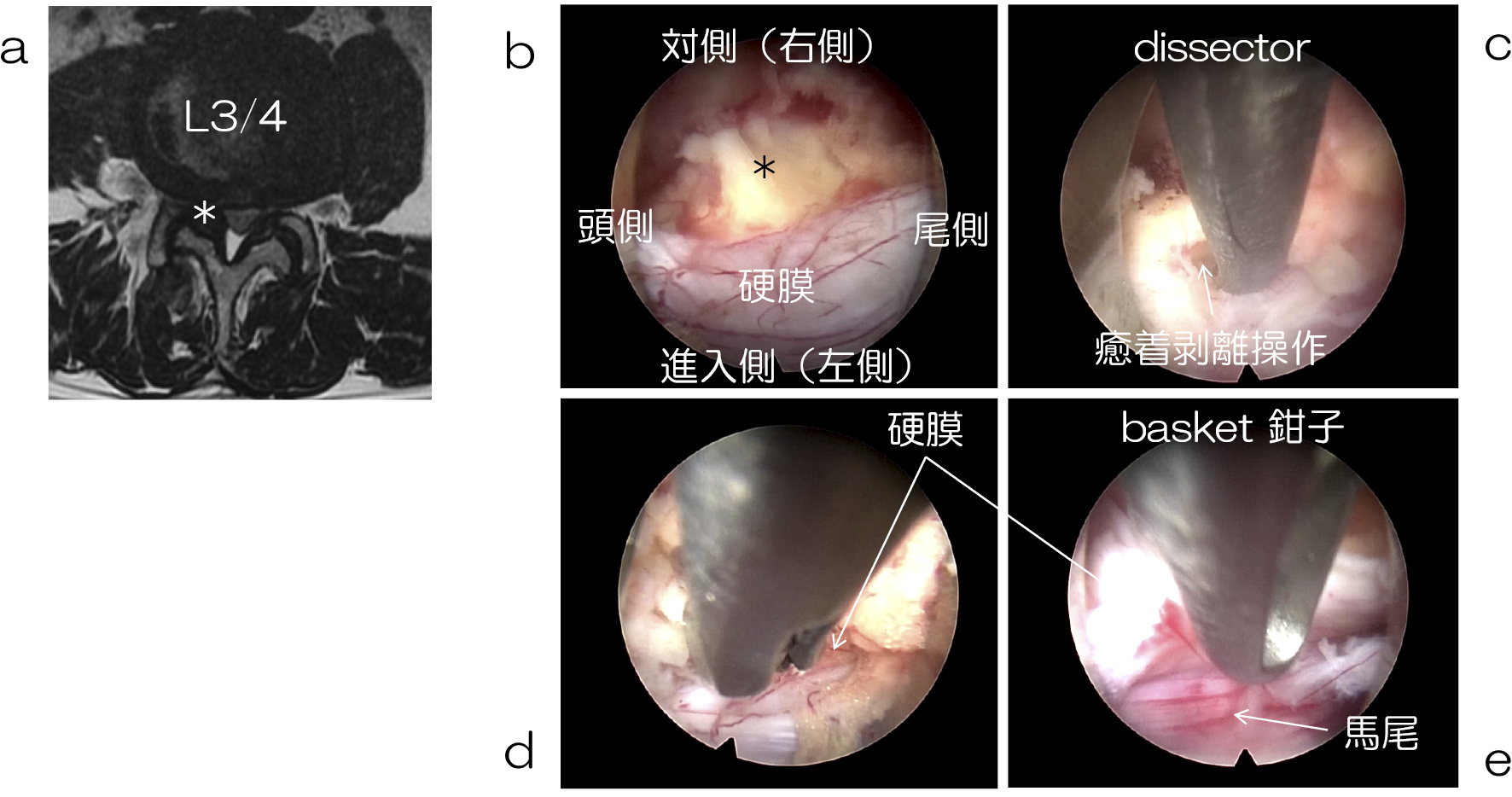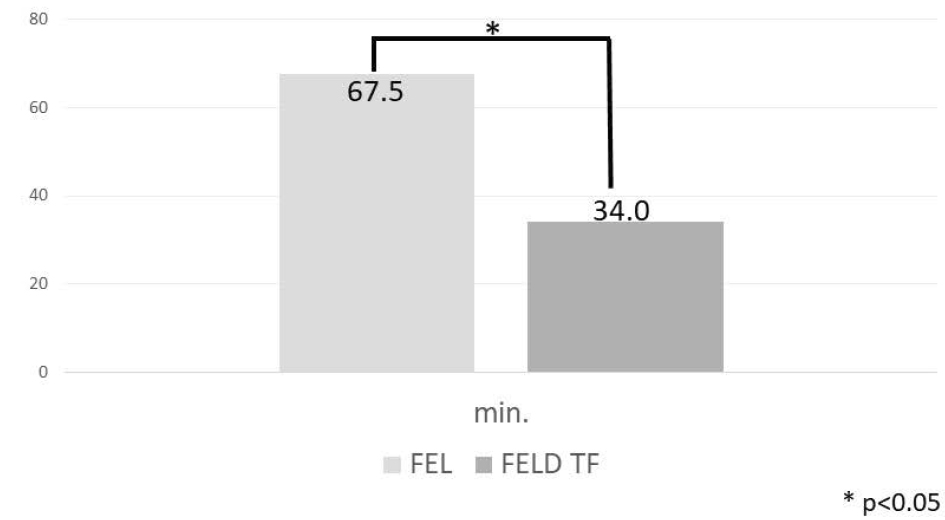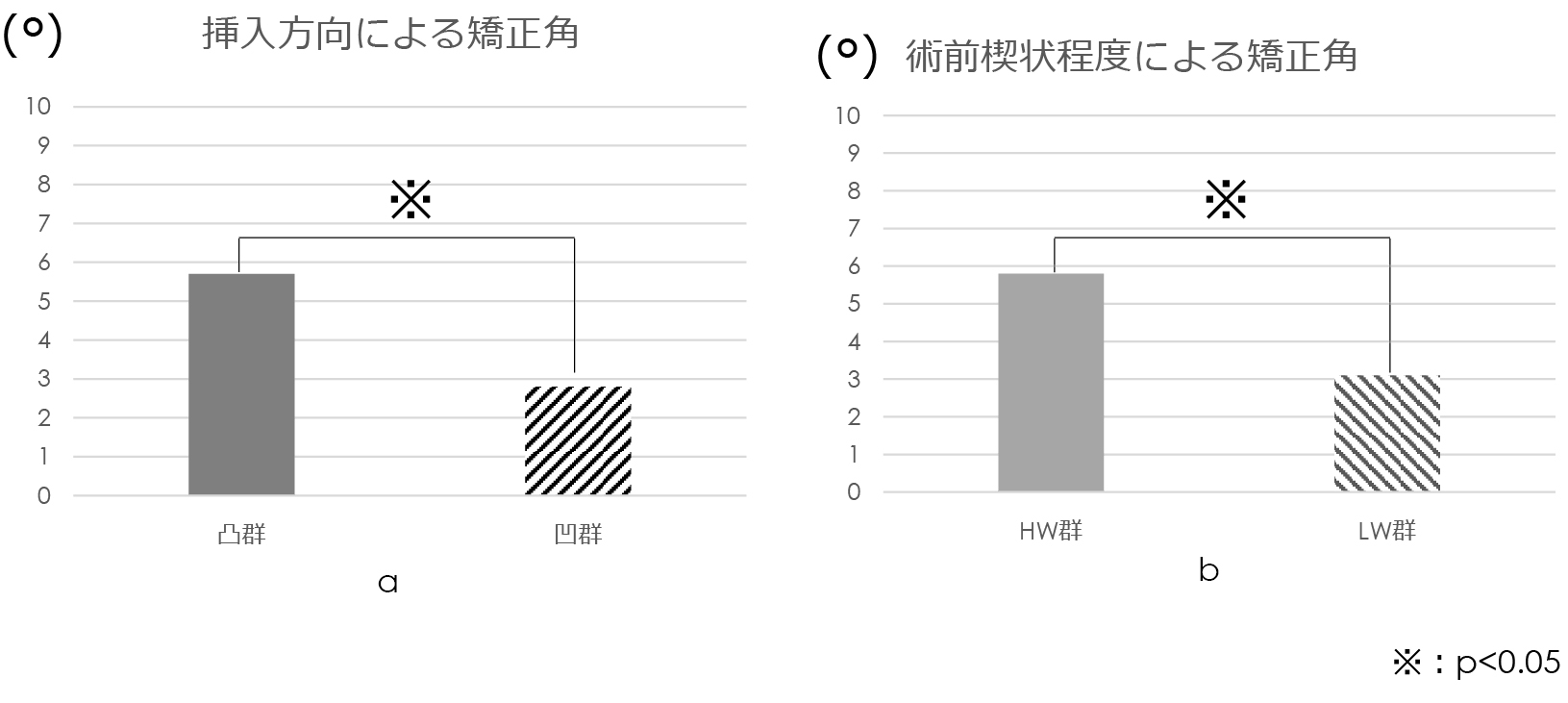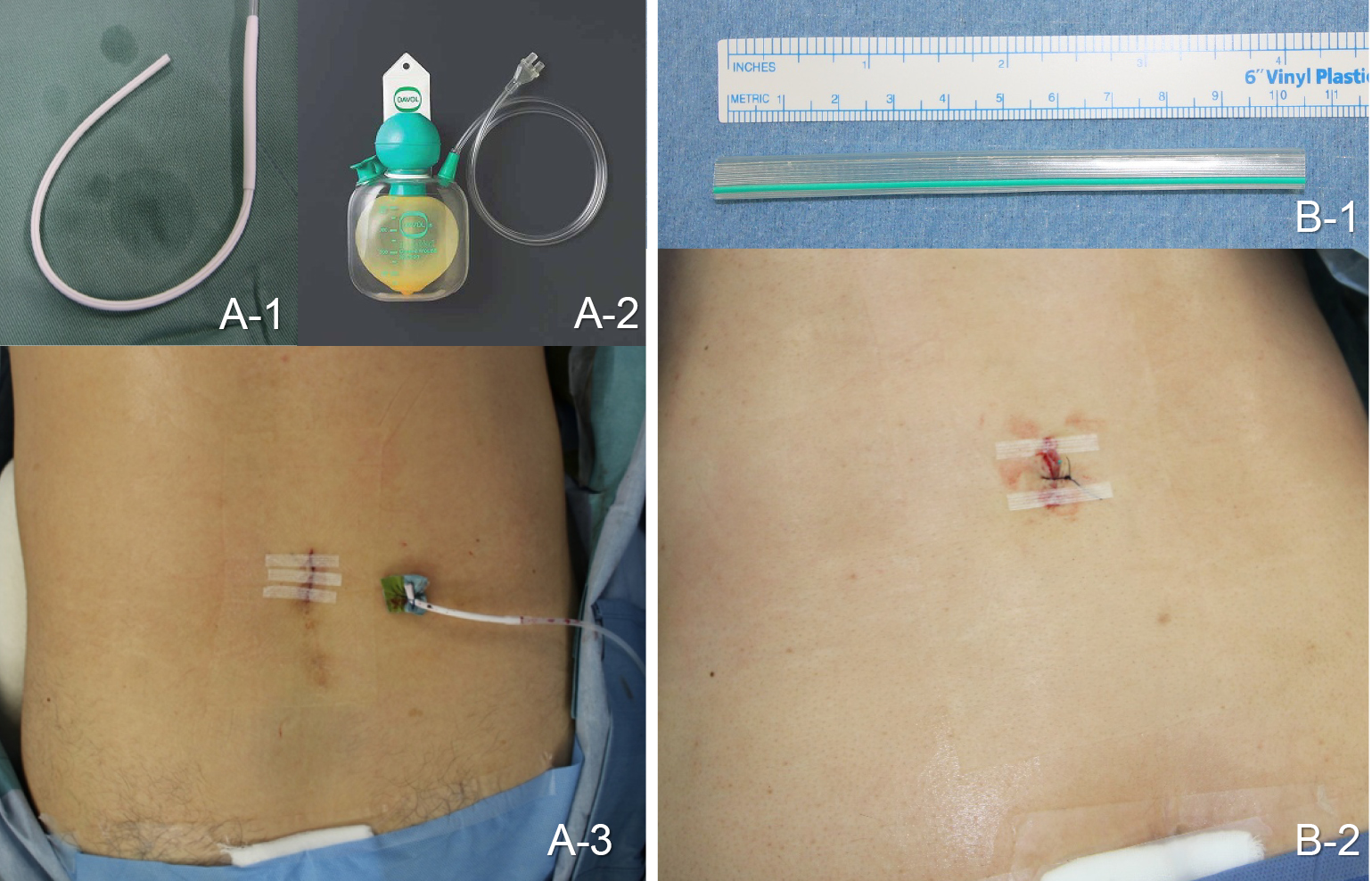Volume 11, Issue 8
Displaying 1-13 of 13 articles from this issue
- |<
- <
- 1
- >
- >|
Original Article
-
2020Volume 11Issue 8 Pages 997-1003
Published: August 20, 2020
Released on J-STAGE: August 20, 2020
Download PDF (1604K) -
2020Volume 11Issue 8 Pages 1004-1009
Published: August 20, 2020
Released on J-STAGE: August 20, 2020
Download PDF (1664K) -
2020Volume 11Issue 8 Pages 1010-1015
Published: August 20, 2020
Released on J-STAGE: August 20, 2020
Download PDF (1023K) -
2020Volume 11Issue 8 Pages 1016-1025
Published: August 20, 2020
Released on J-STAGE: August 20, 2020
Download PDF (1872K) -
2020Volume 11Issue 8 Pages 1026-1031
Published: August 20, 2020
Released on J-STAGE: August 20, 2020
Download PDF (1414K) -
2020Volume 11Issue 8 Pages 1032-1037
Published: August 20, 2020
Released on J-STAGE: August 20, 2020
Download PDF (1349K) -
2020Volume 11Issue 8 Pages 1038-1043
Published: August 20, 2020
Released on J-STAGE: August 20, 2020
Download PDF (1267K) -
2020Volume 11Issue 8 Pages 1044-1048
Published: August 20, 2020
Released on J-STAGE: August 20, 2020
Download PDF (919K) -
2020Volume 11Issue 8 Pages 1049-1055
Published: August 20, 2020
Released on J-STAGE: August 20, 2020
Download PDF (1248K) -
2020Volume 11Issue 8 Pages 1056-1060
Published: August 20, 2020
Released on J-STAGE: August 20, 2020
Download PDF (963K)
Case Report
-
2020Volume 11Issue 8 Pages 1061-1067
Published: August 20, 2020
Released on J-STAGE: August 20, 2020
Download PDF (1841K) -
2020Volume 11Issue 8 Pages 1068-1074
Published: August 20, 2020
Released on J-STAGE: August 20, 2020
Download PDF (1807K) -
2020Volume 11Issue 8 Pages 1075-1080
Published: August 20, 2020
Released on J-STAGE: August 20, 2020
Download PDF (1497K)
- |<
- <
- 1
- >
- >|













